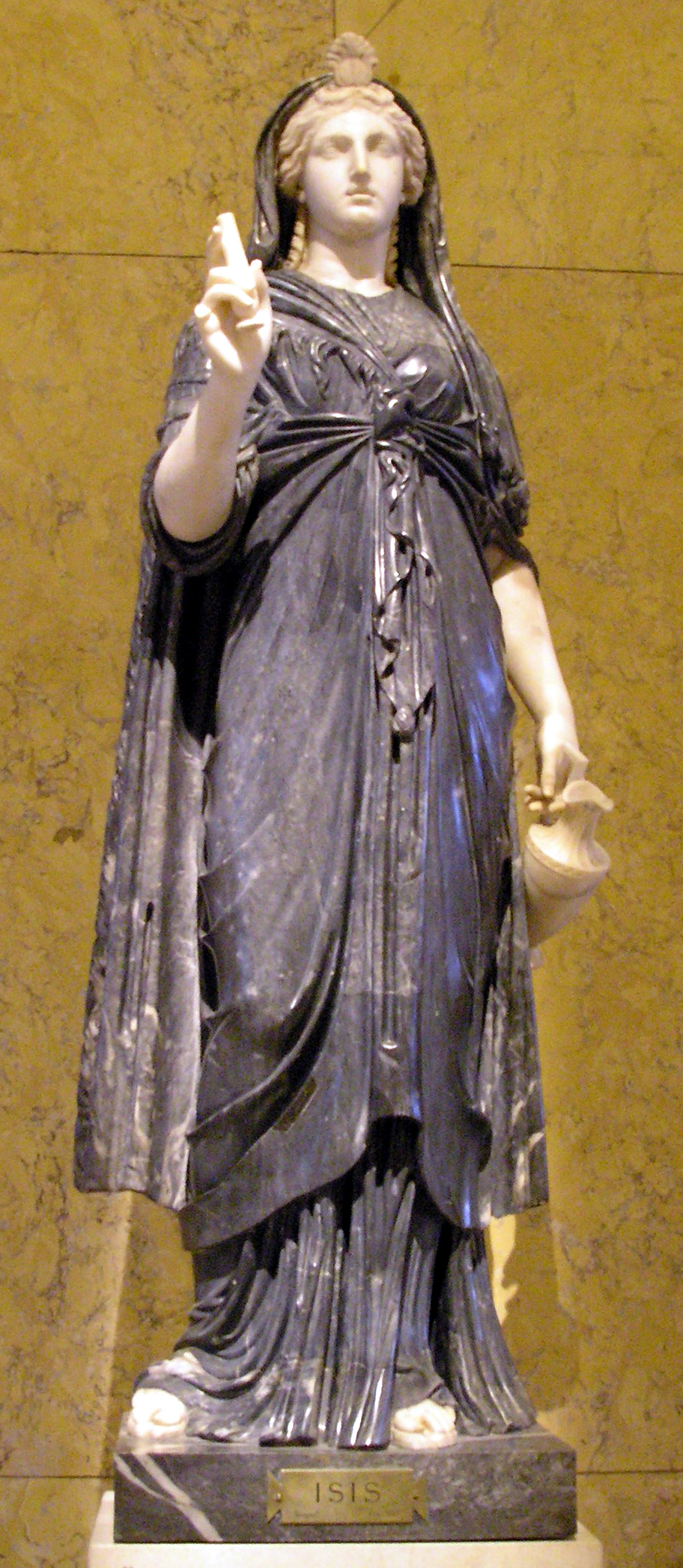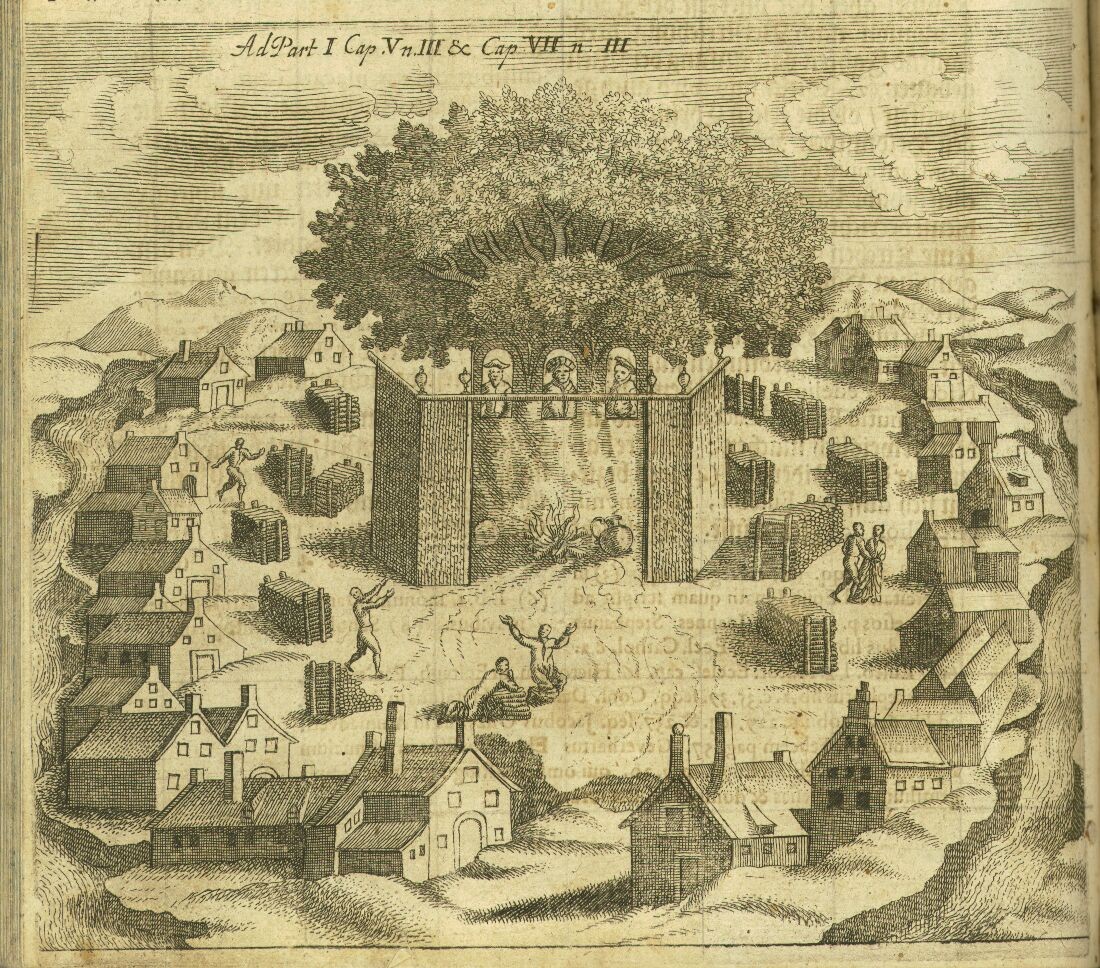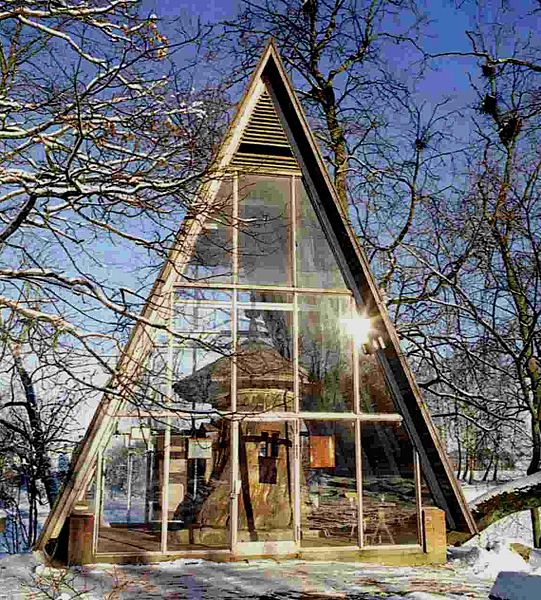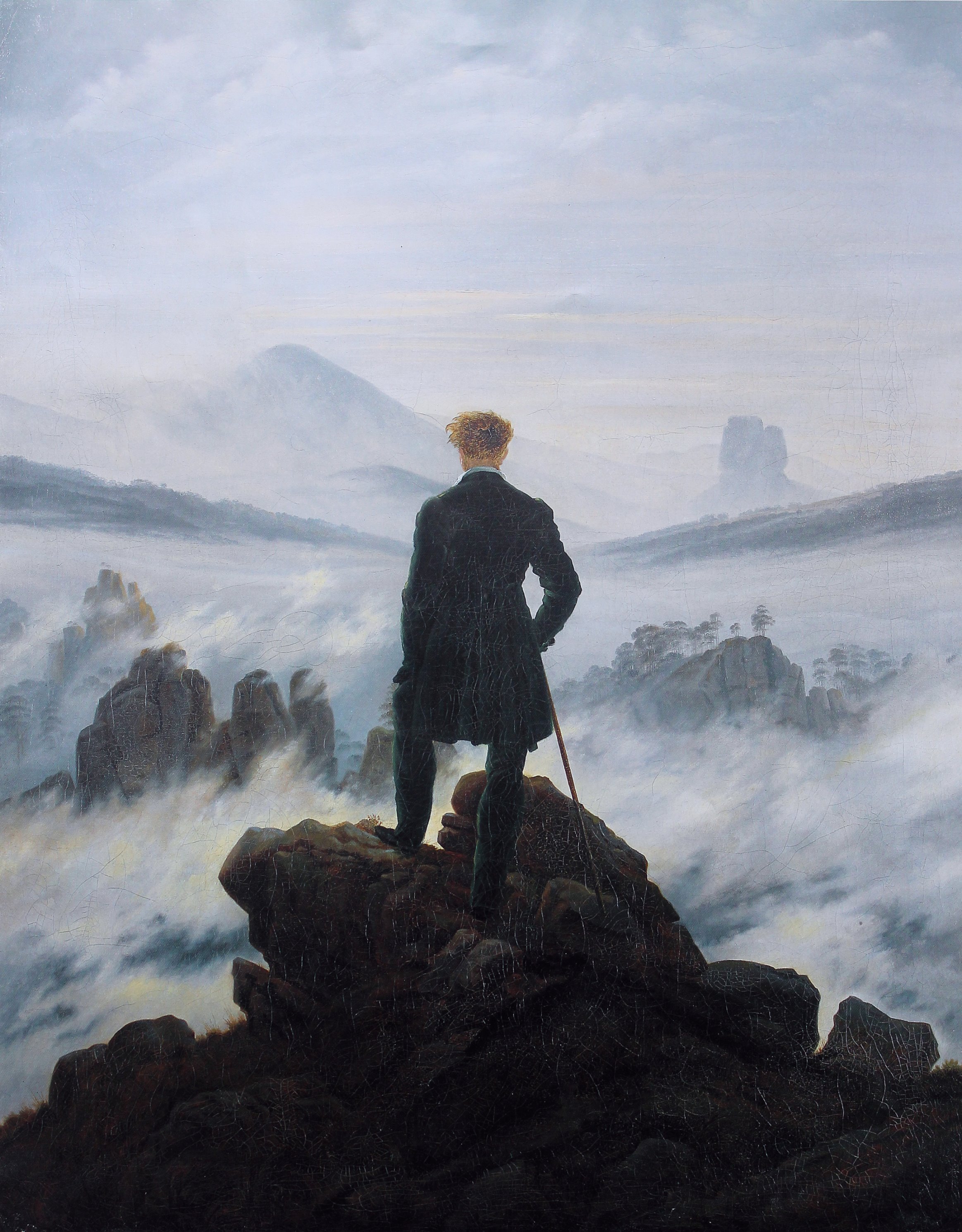|
Simonas Stanevičius
Simonas Tadas Stanevičius (; 26 October 1799 in Kanopėnai near Viduklė – 10 March 1848 in Stemplės near Švėkšna) was a Lithuanian writer and an activist of the "Samogitian Revival", an early stage of the Lithuanian National Revival. Biography Born to a family of petty nobles, as a son of Stanisław Staniewicz and Barbara Rymkiewicz. Stanevičius studied at the Jesuit gymnasium in Kražiai from 1817 to 1821. For a year he worked in Kražiai as a private teacher, before enrolling into the Art and Literature Department of Vilnius University. There he was influenced by democratic ideas of professors such as Joachim Lelewel and Ignacy Onacewicz. Stanevičius joined a cultural movement to promote the Lithuanian language. After graduation in 1826, he stayed in Vilnius, working as a private tutor and preparing his works for publication. In 1829, he published three of his works (a grammar book, collection of folk songs, and his fables). Stanevičius then moved to Raseiniai an ... [...More Info...] [...Related Items...] OR: [Wikipedia] [Google] [Baidu] |
Viduklė
Viduklė ( bat-smg, Vėdoklė) is a small town in a Raseiniai district municipality, Kaunas County, central-western Lithuania Lithuania (; lt, Lietuva ), officially the Republic of Lithuania ( lt, Lietuvos Respublika, links=no ), is a country in the Baltic region of Europe. It is one of three Baltic states and lies on the eastern shore of the Baltic Sea. Lithuania .... In 2011, it had a population of 1,678. History 221 Jews lived in the town according to the 1923 census. The German army entered the town on June 23, 1941 and set up a ghetto to imprison the Jewish population. Starting on July 24, 1941, hundred of Jews living in the city were shot by Germans and Lithuanians collaborators. References Towns in Lithuania Towns in Kaunas County Duchy of Samogitia Rossiyensky Uyezd Holocaust locations in Lithuania Raseiniai District Municipality {{KaunasCounty-geo-stub ... [...More Info...] [...Related Items...] OR: [Wikipedia] [Google] [Baidu] |
Daina (Lithuania)
Lithuanian folk songs (in Lithuanian: "liaudies dainos") are often noted for not only their mythological content but also their relating historical events. Lithuanian folk music includes romantic songs, wedding songs, as well as work songs and archaic war songs. Traditional songs are performed either solo or in groups, in unison or harmonized in primarily in thirds (''tūravoti'' - lith. "to harmonize"). There are three ancient styles of singing in Lithuania that are connected with ethnographical regions: monophony, multi-voiced homophony, heterophony and polyphony. Monophony mostly occurs in southern ( Dzūkija), southwest (Suvalkija) and eastern (Aukštaitija) parts of Lithuania. Multi-voiced homophony is widespread in the entire Lithuania. It is most archaic in the western part (Samogitia). Polyphonic songs are common in the renowned sutartinės tradition of Aukštaitija and occurs only sporadically in other regions. Many Lithuanian dainos are performed in the minor key. ... [...More Info...] [...Related Items...] OR: [Wikipedia] [Google] [Baidu] |
Roman Gods
The Roman deities most widely known today are those the Romans identified with Greek counterparts (see '' interpretatio graeca''), integrating Greek myths, iconography, and sometimes religious practices into Roman culture, including Latin literature, Roman art, and religious life as it was experienced throughout the Empire. Many of the Romans' own gods remain obscure, known only by name and sometimes function, through inscriptions and texts that are often fragmentary. This is particularly true of those gods belonging to the archaic religion of the Romans dating back to the era of kings, the so-called "religion of Numa", which was perpetuated or revived over the centuries. Some archaic deities have Italic or Etruscan counterparts, as identified both by ancient sources and by modern scholars. Throughout the Empire, the deities of peoples in the provinces were given new theological interpretations in light of functions or attributes they shared with Roman deities. An exte ... [...More Info...] [...Related Items...] OR: [Wikipedia] [Google] [Baidu] |
Romuva (temple)
Romuva or Romowe (also known as Rickoyoto in the writings of Simon Grunau) was an alleged pagan worship place (a temple or a sacred area) in the western part of Sambia, one of the regions of pagan Prussia. In contemporary sources the temple is mentioned only once, by Peter von Dusburg in 1326. According to his account, Kriwe-Kriwajto, the chief priest or "pagan pope", lived at Romuva and ruled over the religion of all the Balts. According to Simon Grunau, the temple was central to Prussian mythology. Even though there are considerable doubts whether such a place actually existed, the Lithuanian neo-pagan movement '' Romuva'' borrowed its name from the temple. Historical accounts According to Peter von Dusburg, writing in 1326, the name ''Romuva'' is derived from the word Rome. He describes the Kriwe as a powerful priest who was held in high regard by the Prussians, Lithuanians, and Balts of Livonia. His messengers were recognized by a certain rod or other insignia. He guar ... [...More Info...] [...Related Items...] OR: [Wikipedia] [Google] [Baidu] |
Maciej Stryjkowski
Maciej Stryjkowski (also referred to as Strykowski and Strycovius;Nowa encyklopedia powszechna PWN. t. 6, 1997 – ) was a Polish historian, writer and a poet, known as the author of ''Chronicle of Poland, Lithuania, Samogitia and all of Ruthenia'' (1582). The work is generally considered to be the first printed book on the history of the Grand Duchy of Lithuania. Biography Maciej Stryjkowski was born around 1547 in Stryków, a town in the Rawa Voivodeship in the Kingdom of Poland. He graduated from a local school in the town of Brzeziny, after which he joined the Grand Ducal Lithuanian Army. He served in a garrison in Vitebsk under Alexander Guagnini. He was a Pole, but spent most of his life in the Grand Duchy, initially as a soldier. Around 1573, at the age of roughly 25, he retired from active service and became a protégé of Merkelis Giedraitis, the bishop of Samogitia. Eventually, Stryjkowski became a Catholic priest and ended as a provost at the parish of Jurbark ... [...More Info...] [...Related Items...] OR: [Wikipedia] [Google] [Baidu] |
Teodor Narbutt
Teodor Narbutt ( lt, Teodoras Narbutas; 8 November 1784 – 27 November 1864) was a Polish–Lithuanian romantic historian and military engineer in service of the Russian Empire. He is best remembered as the author of a nine-volume Polish-language history of Lithuania from the early Middle Ages to the Union of Lublin. Life Teodor Narbutt was born in 1784 in the village of Szawry (present-day Voranava District of Belarus) in the Polish–Lithuanian Commonwealth, to a notable szlachta family of Trąby coat of arms. Early in his youth his fatherland was partitioned between Russia, Austria and Prussia. After graduating from a Piarist college at Lyubeshiv, Narbutt entered the Vilna Academy, where in 1803 he graduated in engineering. He then moved to Saint Petersburg, where he joined the Cadet Corps. He served in the Imperial Russian Army, where he became a captain in the field engineering corps. He took part in the 1807 and 1812 Russian campaigns against Napoleon Bonaparte. In 1 ... [...More Info...] [...Related Items...] OR: [Wikipedia] [Google] [Baidu] |
Simonas Daukantas
Simonas Daukantas ( pl, Szymon Dowkont; 28 October 1793 – 6 December 1864) was a Lithuanian/Samogitian historian, writer, and ethnographer. One of the pioneers of the Lithuanian National Revival, he is credited as the author of the first book on the history of Lithuania written in the Lithuanian language. Only a few of his works were published during his lifetime and he died in obscurity. However, his works were rediscovered during the later stages of the National Revival. His views reflected the three major trends of the 19th century: romanticism, nationalism, and liberalism. Daukantas was born in Samogitia to a Lithuanian family. Likely a son of free peasants, he later produced proof of his noble birth to get university degree and a promotion in his government job. He attended schools in Kretinga and Žemaičių Kalvarija and was noted as an excellent student. Daukantas studied law at the University of Vilnius, though his interest lay in philology and history. After the gradu ... [...More Info...] [...Related Items...] OR: [Wikipedia] [Google] [Baidu] |
Dionizas Poška
Dionizas Poška (; October 1764 – 12 May 1830) was a Lithuanian poet, historian and lexicographer sometimes described also as Polish-Lithuanian He contributed to the early 19th-century Samogitian Revival, the early stage of the Lithuanian National Revival. Born to a family of petty Samogitian nobility, Poška attended Kražiai College. From 1786–1821, with some breaks, Poška worked as a lawyer, regent, clerk in the courts of Raseiniai. From 1790, he lived in the purchased Barzdžiai manor. Poška excavated ancient graves and hillforts, collected archeological fossils, weapons, money, books. In 1812, he established the first museum of antiquities in Lithuania, within the trunk of a thousand-year-old oak called Baublys. He corresponded and communicated with Samogitians such as , Jurgis Plateris, Simonas Daukantas, , Kajetonas Nezabitauskis and others as well as Vilnius University professorship, e.g. Joachim Lelewel and Ivan Loboiko. Poška wrote his works in Lithuanian an ... [...More Info...] [...Related Items...] OR: [Wikipedia] [Google] [Baidu] |
Realism (arts)
Realism in the arts is generally the attempt to represent subject matter truthfully, without artificiality and avoiding speculative fiction, speculative and fantasy literature, supernatural elements. The term is often used interchangeably with naturalism, although these terms are not synonymous. Naturalism, as an idea relating to visual representation in Western art, seeks to depict objects with the least possible amount of distortion and is tied to the development of linear perspective and illusionism in Renaissance Europe. Realism, while predicated upon naturalistic representation and a departure from the idealization of earlier academic art, often refers to a Realism (art movement), specific art historical movement that originated in France in the aftermath of the French Revolution of 1848. With artists like Gustave Courbet capitalizing on the mundane, ugly or sordid, realism was motivated by the renewed interest in the common man and the rise of leftist politics. The Realist ... [...More Info...] [...Related Items...] OR: [Wikipedia] [Google] [Baidu] |
Romanticism
Romanticism (also known as the Romantic movement or Romantic era) was an artistic, literary, musical, and intellectual movement that originated in Europe towards the end of the 18th century, and in most areas was at its peak in the approximate period from 1800 to 1850. Romanticism was characterized by its emphasis on emotion and individualism, clandestine literature, paganism, idealization of nature, suspicion of science and industrialization, and glorification of the past with a strong preference for the medieval rather than the classical. It was partly a reaction to the Industrial Revolution, the social and political norms of the Age of Enlightenment, and the scientific rationalization of nature. It was embodied most strongly in the visual arts, music, and literature, but had a major impact on historiography, education, chess, social sciences, and the natural sciences. It had a significant and complex effect on politics, with romantic thinkers influencing conservatism, ... [...More Info...] [...Related Items...] OR: [Wikipedia] [Google] [Baidu] |
Aukštaitija
Aukštaitija (; literally in Lithuanian: ''Upper lands'') is the name of one of five ethnographic regions of Lithuania. The name comes from lands being in upper basin of Nemunas River or being relative to Lowlands up to Šiauliai. Geography Aukštaitija is in the northeast part of Lithuania and also encompasses a small part of Latvia and Belarus. The largest city and, though not in any strict political sense, the considered capital of the region is Panevėžys. The largest cities (by population) are: * Panevėžys – 84,587 * Jonava – 26,423 * Utena – 25,397 * Kėdainiai – 22,677 * Ukmergė – 20,154 * Visaginas – 18,024 * Radviliškis – 15,161 The region has many lakes, mainly on the eastern side. History Historically Aukštaitija had been correspondent to the Duchy of Lithuania up to the 13th century. Its initial capital most likely was Kernavė. In the treaty of Gediminas of 1322, Aukštaitija is named ''terra Eustoythen'' (land of Aukštaitians). Some German ... [...More Info...] [...Related Items...] OR: [Wikipedia] [Google] [Baidu] |
Lithuanian Mythology
Lithuanian mythology ( lt, Lietuvių mitologija) is the mythology of Lithuanian polytheism, the religion of pre-Christian Lithuanians. Like other Indo-Europeans, ancient Lithuanians maintained a polytheistic mythology and religious structure. In pre-Christian Lithuania, mythology was a part of polytheistic religion; after Christianisation mythology survived mostly in folklore, customs and festive rituals. Lithuanian mythology is very close to the mythology of other Baltic nations – Prussians, Latvians, and is considered a part of Baltic mythology. Sources and evidence Early Lithuanian religion and customs were based on oral tradition. Therefore, the very first records about Lithuanian mythology and beliefs were made by travellers, Christian missionaries, chronicle writers and historians. Original Lithuanian oral tradition partially survived in national ritual and festive songs and legends which started to be written down in the 18th century. The first bits about Baltic ... [...More Info...] [...Related Items...] OR: [Wikipedia] [Google] [Baidu] |









